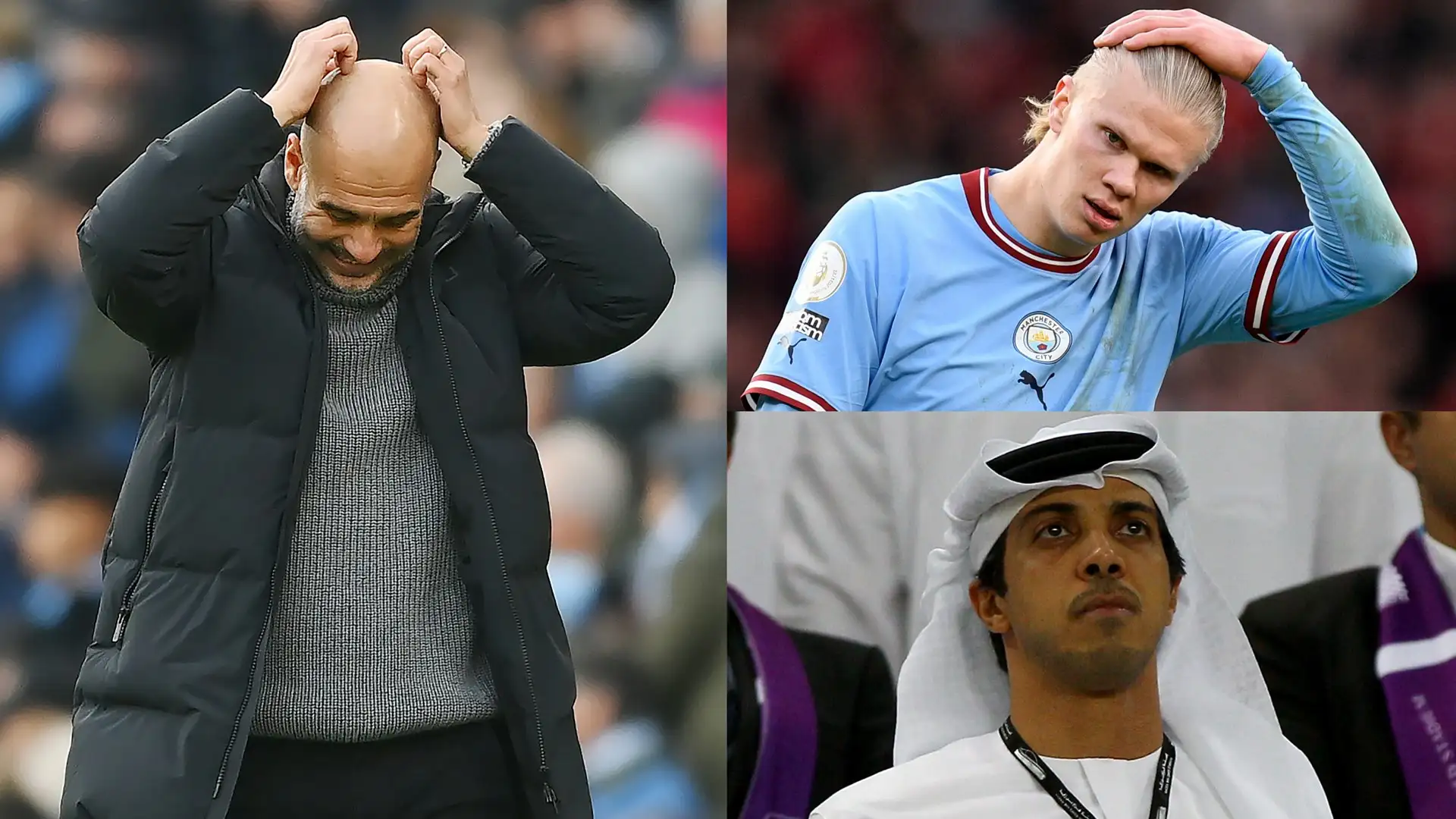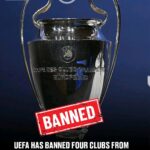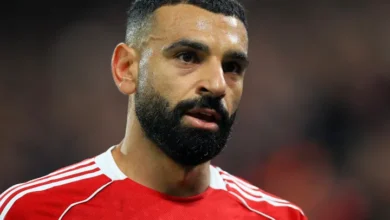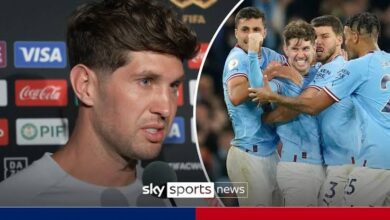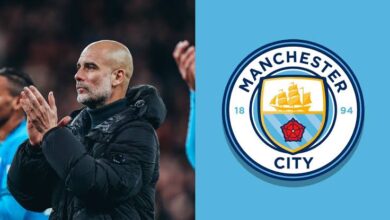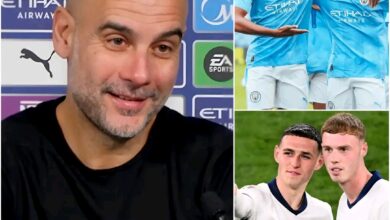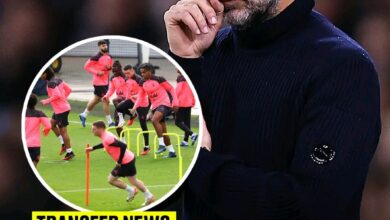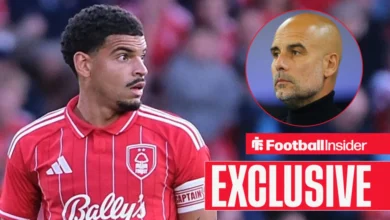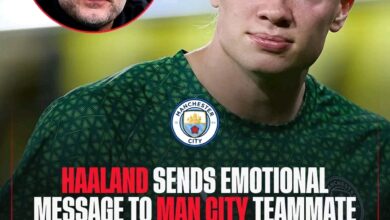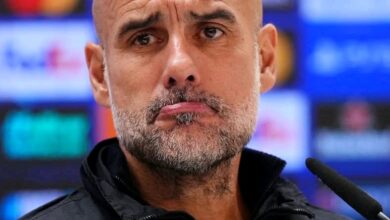UEFA ban team from Europe moments after delaying Crystal Palace decision

The European football landscape has been shaken by UEFA’s increasingly stringent enforcement of multi-club ownership regulations, with several clubs facing exclusion from prestigious continental competitions. The governing body’s recent decisions regarding Crystal Palace, Lyon, FC DAC 1904 Dunajská Streda, and Drogheda United have highlighted the complex web of modern football ownership and the regulatory challenges that arise when single entities control multiple clubs across different leagues
At the heart of the current controversy lies the case of Crystal Palace and Olympique Lyonnais, two clubs connected through American businessman John Textor’s investment portfolio. This situation exemplifies the modern reality of football ownership, where wealthy individuals and investment groups spread their influence across multiple clubs in different countries, creating potential conflicts of interest that UEFA’s regulations are designed to prevent.
Crystal Palace’s qualification for the Europa League represents a significant achievement for the South London club, marking their return to European competition after years of establishing themselves as a consistent Premier League presence. Under the stewardship of various managers and with strategic investments in player recruitment, Palace has transformed from a club that yo-yoed between divisions into a stable top-flight entity capable of competing for European places. However, their European dreams now hang in the balance due to their connection with Lyon through Textor’s ownership structure. The American businessman’s investment strategy involves holding significant stakes in multiple football clubs across different continents, including Brazilian side Botafogo and Belgian club RWD Molenbeek, in addition to his interests in Palace and Lyon.
The regulatory framework that governs these situations stems from UEFA’s determination to maintain the integrity of their competitions. The principle behind multi-club ownership restrictions is straightforward: if the same entity controls multiple clubs that could potentially face each other in European competition, there exists an inherent conflict of interest that could compromise sporting integrity. Questions arise about match-fixing, shared resources, player transfers between connected clubs, and the genuine competitive nature of encounters between teams under common ownership.
Lyon’s relegation to Ligue 2 adds another layer of complexity to this situation. The French giants, once a dominant force in both domestic and European football, have experienced a dramatic fall from grace. Their relegation represents one of the most shocking developments in recent French football history, given their illustrious past that includes seven consecutive Ligue 1 titles between 2002 and 2008, and their consistent presence in the Champions League during their golden era.
The club’s current predicament stems from both sporting and financial difficulties. Poor on-field performances, combined with significant financial challenges that led to a breach of UEFA’s Financial Fair Play regulations, culminated in their relegation. Lyon’s agreement with UEFA’s Club Financial Control Body (CFCB) included a provision for automatic exclusion from European competition should their relegation to Ligue 2 be confirmed by French football authorities.
Crystal Palace’s defense of their position centers on a technical interpretation of UEFA’s regulations regarding “decisive influence.” While Textor holds a significant ownership stake in Palace, the club argues that his voting power is limited to 25 percent, which falls below UEFA’s threshold of 30 percent for determining decisive influence over a club’s operations.
This distinction between ownership percentage and voting power represents a sophisticated approach to navigating regulatory frameworks. In modern football ownership structures, it’s not uncommon for investors to hold substantial financial stakes while limiting their operational control through complex shareholding arrangements, voting trusts, or other corporate mechanisms.
The 30 percent threshold established by UEFA reflects the governing body’s attempt to create clear, measurable criteria for determining when an individual or entity has sufficient influence to potentially compromise competitive integrity. However, as the Palace case demonstrates, these seemingly clear-cut rules can become complicated when applied to sophisticated ownership structures designed by experienced legal and financial advisors.
UEFA’s delay in ruling on Palace’s case suggests the complexity of evaluating these arrangements. The governing body must carefully examine not just the formal voting structures but also the practical reality of influence and control. This includes analyzing board composition, decision-making processes, financial arrangements, and the day-to-day operational relationships between connected clubs
The exclusion of FC DAC 1904 Dunajská Streda from the Conference League demonstrates UEFA’s consistent application of multi-club ownership rules across all levels of European competition. The Slovak club’s connection to Hungarian side FC ETO Győr through owner Oszkár Világi created a clear violation of regulations when both clubs qualified for the same competition.
This case illustrates that UEFA’s enforcement extends beyond high-profile clubs and competitions. The Conference League, as UEFA’s third-tier continental competition, provides opportunities for clubs from smaller leagues to experience European football. However, the governing body’s commitment to regulatory consistency means that even at this level, multi-club ownership restrictions are rigorously enforced.
The automatic bye awarded to DAC 1904’s scheduled opponents demonstrates the practical consequences of these exclusions. European competition draws and fixtures must be adjusted to accommodate regulatory decisions, affecting not just the excluded clubs but also their potential opponents and the overall structure of the tournament.
Similarly, Drogheda United’s exclusion from the Conference League, despite their successful appeal to the Court of Arbitration for Sport, reinforces UEFA’s determination to maintain these standards. The Irish club’s connection to Danish side Silkeborg IF through the Trivela Group created an identical regulatory conflict that resulted in their removal from European competition.
The financial implications of European competition exclusion extend far beyond the immediate disappointment of missing continental football. For clubs like Crystal Palace, Europa League participation represents not only prestige but also significant revenue streams from prize money, television rights, and commercial opportunities.
European competition provides clubs with enhanced global exposure, attracting international fans, sponsors, and potential commercial partners. The financial boost from European participation can be particularly significant for clubs outside the traditional elite, offering opportunities to invest in squad improvements, infrastructure development, and long-term strategic growth.
For players and coaching staff, European competition represents career-defining opportunities. The chance to test themselves against international opposition, experience different playing styles, and potentially attract attention from larger clubs makes European participation highly valued throughout the football industry.
The exclusion of clubs from European competition also affects domestic league dynamics. In Palace’s case, their Europa League qualification came through their league position, meaning their potential exclusion could benefit the next-highest placed team that didn’t initially qualify for European competition. This creates additional complexity in domestic league planning and can influence transfer market decisions for multiple clubs
UEFA’s handling of these multi-club ownership cases reflects the ongoing evolution of football governance in response to changing ownership patterns. The traditional model of local ownership has largely given way to international investment, creating new challenges for regulatory bodies tasked with maintaining competitive integrity.
The rise of multi-club ownership groups, investment funds, and sophisticated corporate structures in football ownership requires equally sophisticated regulatory responses. UEFA’s current framework represents an attempt to balance the reality of modern football investment with the need to preserve sporting integrity and competitive fairness.
Future regulatory developments may need to address increasingly complex ownership structures, including situations where ultimate beneficial ownership is obscured through layers of corporate entities, trusts, or other legal arrangements. The challenge for UEFA lies in creating rules that are both effective in preserving competitive integrity and practical to implement across diverse legal and corporate environments.
These recent cases establish important precedents for future multi-club ownership situations. UEFA’s willingness to exclude clubs from lucrative European competitions, regardless of their domestic achievements or popular appeal, demonstrates the governing body’s commitment to regulatory enforcement.
The Palace case, in particular, will likely influence how future ownership structures are designed and evaluated. The distinction between ownership percentage and voting power may become a more prominent consideration in both regulatory development and ownership planning.
For potential investors in football clubs, these cases provide clear guidance on the regulatory landscape they must navigate. The financial and reputational costs of exclusion from European competition create strong incentives for compliance with multi-club ownership restrictions.
As UEFA continues to evaluate the Palace and Lyon situation, the football world watches for signals about how strictly these regulations will be interpreted and enforced. The governing body’s final decision will likely influence not only the immediate parties but also other ownership groups with interests in multiple clubs.
The delay in announcing a decision regarding Palace suggests UEFA’s recognition of the case’s complexity and potential wider implications. The governing body must balance consistency in regulatory enforcement with careful consideration of technical compliance arguments and the unique circumstances of each case.
The resolution of these cases will contribute to the ongoing evolution of football governance, potentially influencing future regulatory frameworks and ownership structures throughout European football. As the sport continues to attract international investment and ownership becomes increasingly sophisticated, UEFA’s approach to multi-club ownership will remain a critical factor in maintaining competitive integrity across continental competitions.
The cases of Crystal Palace, Lyon, DAC 1904, and Drogheda United collectively represent a pivotal moment in the relationship between modern football ownership and traditional competitive structures. How UEFA navigates these challenges will help define the future landscape of European football, setting precedents that will influence club ownership, investment strategies, and competitive integrity for years to come.
The ultimate resolution of these matters will serve as a crucial test of UEFA’s regulatory framework and its ability to adapt to the complex realities of contemporary football ownership while preserving the sporting values that make European competition meaningful and authentic for players, clubs, and fans alike.
